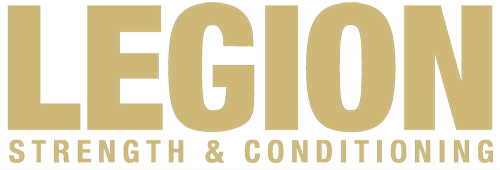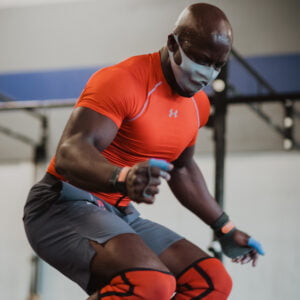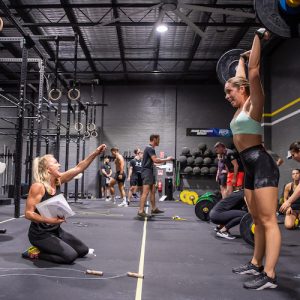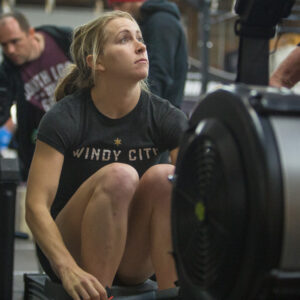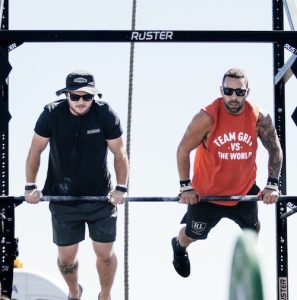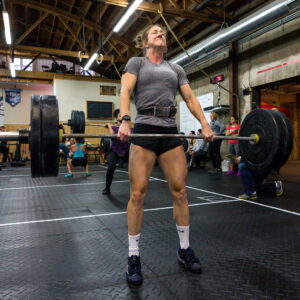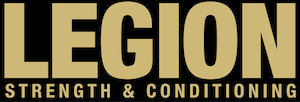Do we need to faithfully execute everything in our training program exactly as written to improve? Not really. The goal of training is to stimulate adaptation, not to check everything off of a list.
It’s easy to get caught up in the details of plans and progressions and lose sight of the overall goal of training. To create long-term progress in training, we need to be adaptable to hit the right training stimulus. Sometimes, this means changing the plan and being flexible.
Making the correct changes on-the-fly requires an understanding of the intention behind our training. Is the priority in a session hitting a specific pace? Or a certain rate of perceived exertion? Is the goal to push to the limit, or is the goal to feel paced and sustainable?
Making adjustments to training to reach the desired stimulus empowers athletes to create great results in training.
Check out the latest episode of the Legion Strength and Conditioning podcast to learn more about training with rate of perceived exertion in CrossFit, and how to use other markers of progress (like technique, movement quality, and average performances) to help with long-term development.
Listen Here:
- If you’re enjoying the show, why not leave a review? It makes a difference in terms of other people finding the show.
Show Notes:
- [3:00] The goal of training is creating a specific response
- [4:15] Being too invested in the day-to-day performance of training causes issues
- [7:00] Why communicating the intent of training is important for auto-regulation
- [10:00] Too much focus on performance can hurt adaptation
- [12:00] Being adaptable is better for long-term progress
- [13:45] How we create training progressions based on athlete response
- [17:10] Using programming as a means of communicating
- [17:35] Choose-your-own-adventure style training progressions
- [19:55] Results don’t tell the whole story
- [22:40] Using RPE to let people adjust training easier
- [25:50] What is the main driver of adaptation?
